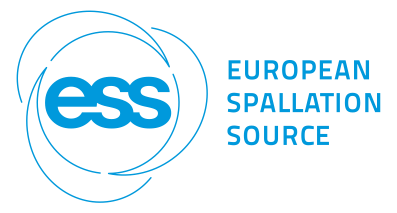Speaker
Dr
Daniela Kiselev
(Paul Scherrer Institut)
Description
The Paul Scherrer Institut (PSI) operates the Meson production target stations E and M with 590 MeV protons of up to 2.4 mA. Pions and muons are produced in these targets for research in particle physics and for muon spin-resonance applications (muSR). The effective thickness of Target E is 4 cm or 6 cm. Both targets E and M consist of polycrystalline graphite and rotate with 1 Hz due to the high power deposition of 40 kW (2 mA) for the 4cm thick Target E. The graphite wheel is regularly exchanged and disposed as radioactive waste after a maximum of 3 years in operation, which corresponds to about 30 Ah. For the disposal, the nuclide inventory of the long-lived isotopes (T1/2 > 60 d) has to be known. A small number of gamma emitters, which are mainly induced by impurities in graphite, were measured with the High-Purity Germanium detector. 3H, 14C measurements were carried out using Liquid Scintillation Counting techniques after chemical treatment. The measured specific activities will be compared against values from a coupling of Monte Carlo particle transport simulations performed with MCNPX2.7.0 and buildup/decay calculations performed with FISPACT 10.
Author
Dr
Daniela Kiselev
(Paul Scherrer Institut)
Co-authors
Dr
Dorothea Schumann
(Paul Scherrer Institut)
Dr
Michael Wohlmuther
(Paul Scherrer Institut)
Dr
Ryan Bergmann
(Paul Scherrer Institut)
Dr
Vadim Talanov
(Paul Scherrer Institut)
